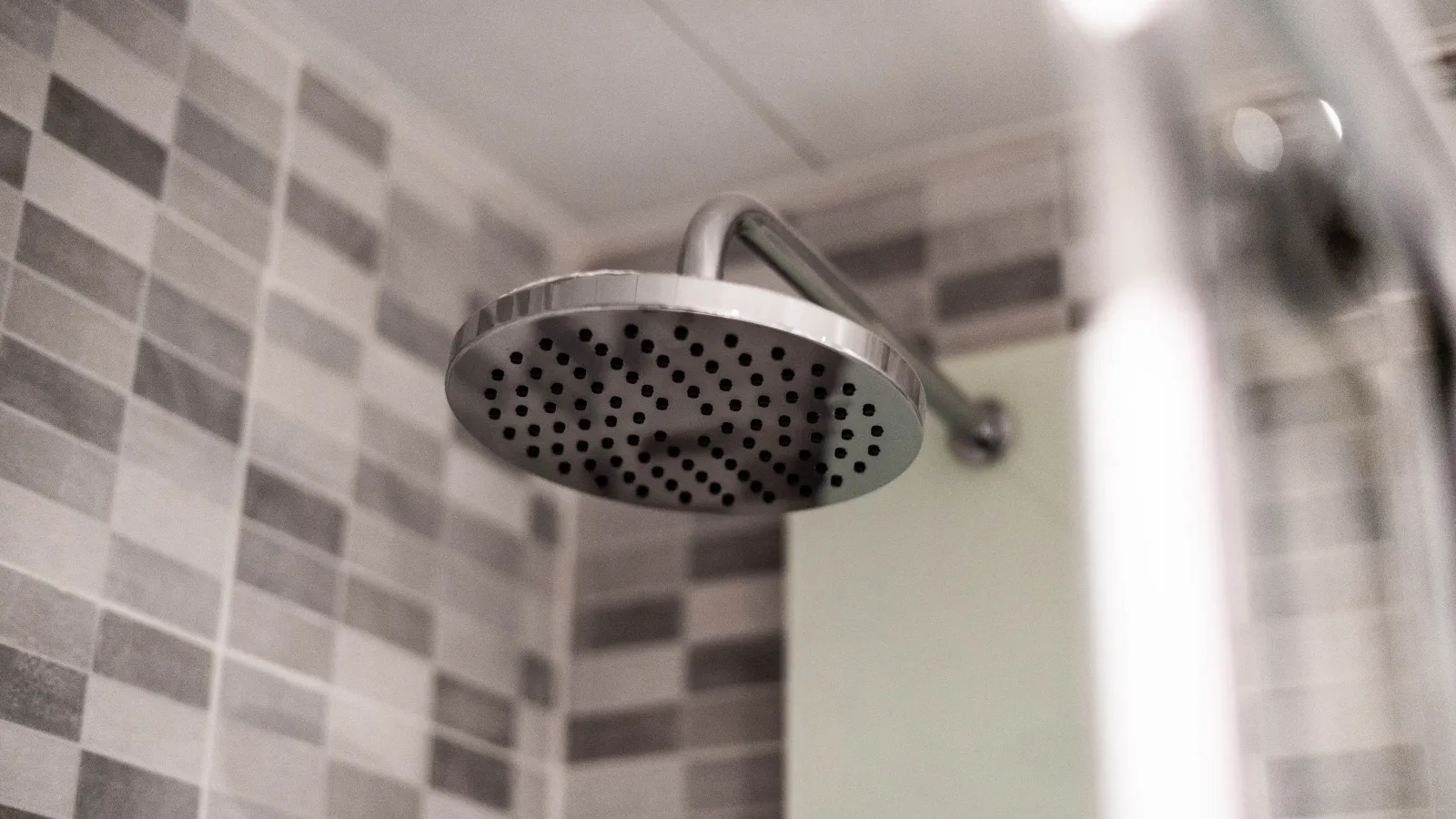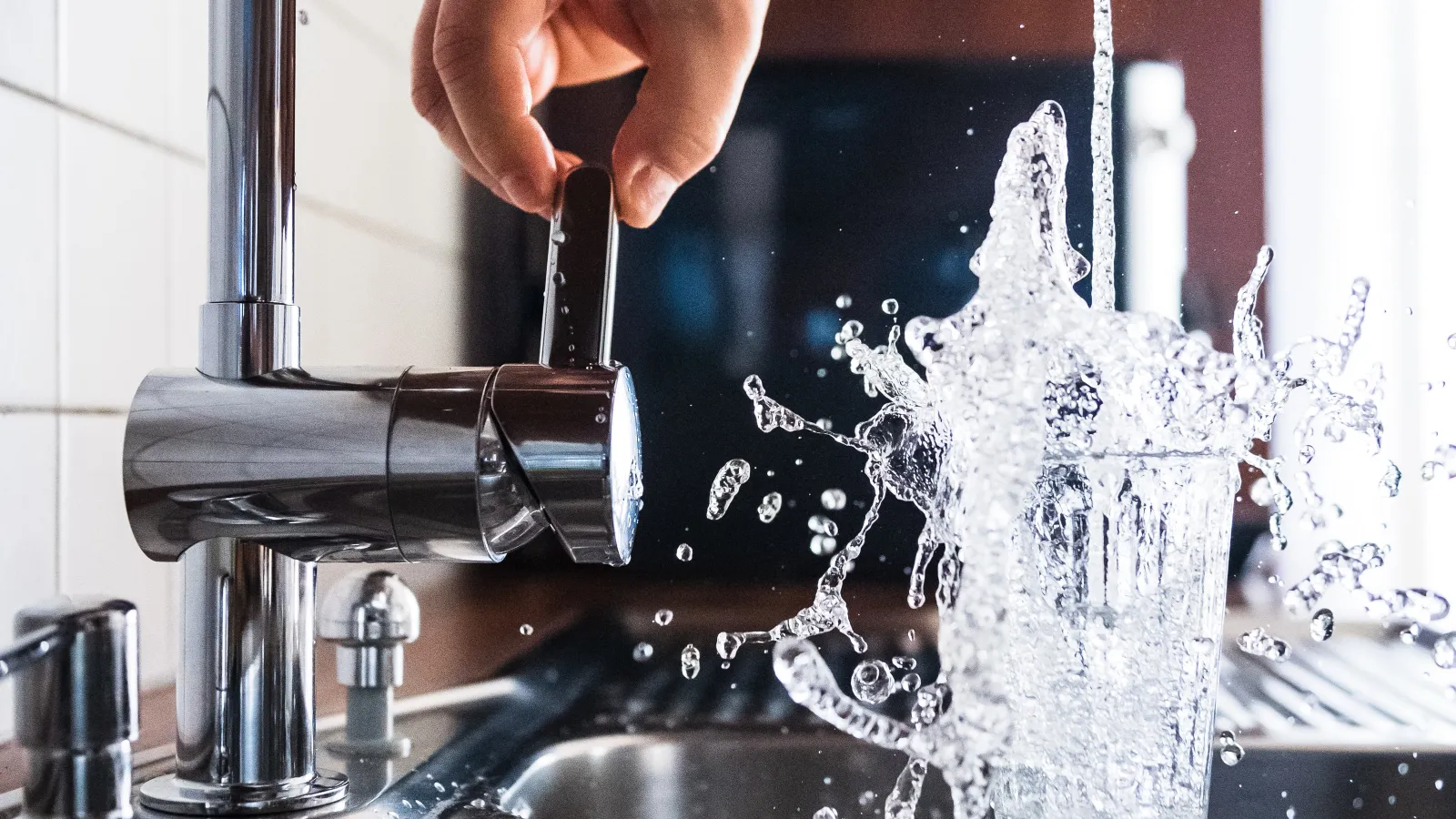Discount may not be combined with any other offers. Limit one coupon per customer.

Water Shut Off Valve: Your First Line of Defense in Plumbing Emergencies
The Water Shut Off Valve: How to Find It and Use It in an Emergency
Water keeps your home running, from clean drinking water to hot showers. But when a pipe bursts or a toilet overflows, water can quickly become your biggest problem. Knowing how to locate and operate your water shut off valve can save you from major damage and costly repairs.
Why Your Water Shut Off Valve Matters
Plumbing emergencies escalate quickly. A few minutes of uncontrolled water can cause serious damage. Your shut off valve gives you control over the situation. Here are a few common examples:
-
Burst pipes: Freezing temperatures or old pipes can rupture and flood your home in minutes.
-
Leaking water heater: Even a small leak can spread through a basement or utility room.
-
Overflowing toilets: Shutting off the water keeps the mess contained.
-
Plumbing repairs: Whether you are fixing something yourself or calling a plumber, shutting off the supply avoids unwanted flooding.
How to Find Your Main Shut Off Valve
Every home is different, but your main water shut off valve is usually located in one of these areas:
Inside Your Home
-
Basement: Near the front foundation wall where the water main enters.
-
Crawl space: Along the foundation wall, near the entry point.
-
Utility room: Often near the water heater in newer homes.
Outside Your Home
-
Meter box: Buried underground near the curb, usually requiring a special tool to access.
-
Property line: Occasionally located outside near the street. Contact your water utility if you are unsure.
Tip: Label your valve and make sure everyone in the household knows its location.
How to Shut Off the Main Water Supply
The two most common types of main shut off valves are ball valves and gate valves.
Ball Valve (newer homes)
-
Lever handle with a simple quarter-turn design.
-
Turn the lever until it is perpendicular to the pipe to shut off water.
-
Check a faucet to confirm the water has stopped.
Gate Valve (older homes)
-
Round handle with multiple turns.
-
Slowly turn the handle clockwise until it stops.
-
Test by running a faucet to confirm the flow has stopped.
Fixture-Specific Shut Off Valves
In addition to the main valve, you may have valves for individual fixtures and appliances.
-
Toilet: Small valve behind or beneath the tank. Turn clockwise to stop the flow.
-
Water heater: Located on the cold water inlet pipe near the top of the heater. Turn clockwise.
-
Sink: Two small valves under the cabinet for hot and cold. Turn each clockwise.
-
Shower: May be behind an access panel near the shower wall. Turn clockwise to close.
Knowing these can save you from shutting down water to the entire house when a single fixture needs attention.
What to Do if a Valve Is Stuck
Valves that have not been used in years can be difficult to turn. Here is how to handle it:
-
Spray penetrating oil such as WD-40 and let it sit.
-
Use an adjustable wrench for more leverage, but turn gently.
-
If the valve still will not move, call a plumber to avoid causing damage.
Emergency Shut Off Checklist
If you face a major plumbing emergency:
-
Go straight to your main shut off valve.
-
Turn it off as described above.
-
Inform everyone in the house that the water is off.
-
Call a professional plumber to fix the issue.
Extra Tips to Stay Prepared
-
Test your valves once or twice a year to keep them working.
-
Label each valve to make emergencies less stressful.
-
Keep a small kit handy with a flashlight, wrench, towels, and a bucket.
-
Schedule professional inspections if your valves are old or corroded.
Final Thoughts
Your water shut off valve is one of the most important parts of your plumbing system. Taking the time to locate it and understand how it works can save you from expensive damage. Spend a few minutes today to find your valve, test it, and show your household where it is. Being prepared will give you peace of mind when plumbing problems strikes.


